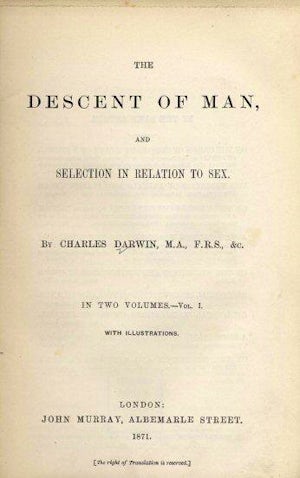Kansas passes first sexual sterilization law, followed by the second in 1917, which intended to make the sterilization process easier for institutions
April 13, 1913. The Kansas Legislature passes "An Act to prevent the procreation of habitual criminals, idiots, epileptics, imbeciles, and insane, and providing a penalty for the violation thereof". The aim of this legislation was to allow for the legal sterilization of persons with undesirable traits. It outlined the institutions that are responsible for performing sterilizations, who is authorized to make decisions about sterilization procedures, and the penalties for abusing the legislation.
The responsibility of the overseeing and deciding on sterilization operations was given to the administrator(s) of institutions caring for mentally disabled persons, e.g., hospitals or prisons, to, in concrete with medical professionals. If this examining board judged individuals to be at risk of having children who might be mentally disabled or who might have criminal tendencies or whose live could be improved by the operation, then a sterilization operation could be approved (Kan. Laws. , ch. 305, §1, 1913.). Similar to other sterilization legislation in the USA at the time, if the examining board approved a sterilization operation, then a proceeding was held so that the candidate for sterilization could have a chance, with the assistance of a state appointed representative, to review and appeal the decision of the board. This legislation also made it so that the surgeons performing the operation could not really be held criminally responsible. A maximum fine of up to only one thousand dollars or one year prison could be given if the law was abused (Kan. Laws., ch. 305, §2, 1913.). Interestingly, Kansas also had a marriage restriction law at the time, which said that if someone married a person who was deemed mentally "unfit", e.g., alcoholic, feeble minded, etc, then fined of up to one thousand dollars or three years in prison (Kaelber, 2011). A stiffer penalty then what could be given to unlawful sterilization procedures.
After the passage of this legislation, 54 sterilizations occurred over the next seven years. This legislation paved the way for the over 3000 sterilizations which would take place in Kansas while sterilization legislation was active (Kaelber, 2011).
For more info visit here.
-Luke Kersten
Kaelber, L. (2011). Eugenics: Compulsory Sterilization in 50 American States. Retrieved from http://www.uvm.edu/~lkaelber/eugenics/KS/KS.html.
State of Kansas. (1913). An Act to prevent the procreation of habitual criminals, idiots, epileptics, imbeciles, and insane, and providing a penalty for violation thereof. State of Kansas Session Laws.
 1869:
Galton publishes Hereditary Genius
1869:
Galton publishes Hereditary Genius
 1871:
Charles Darwin publishes The Descent of Man
1871:
Charles Darwin publishes The Descent of Man